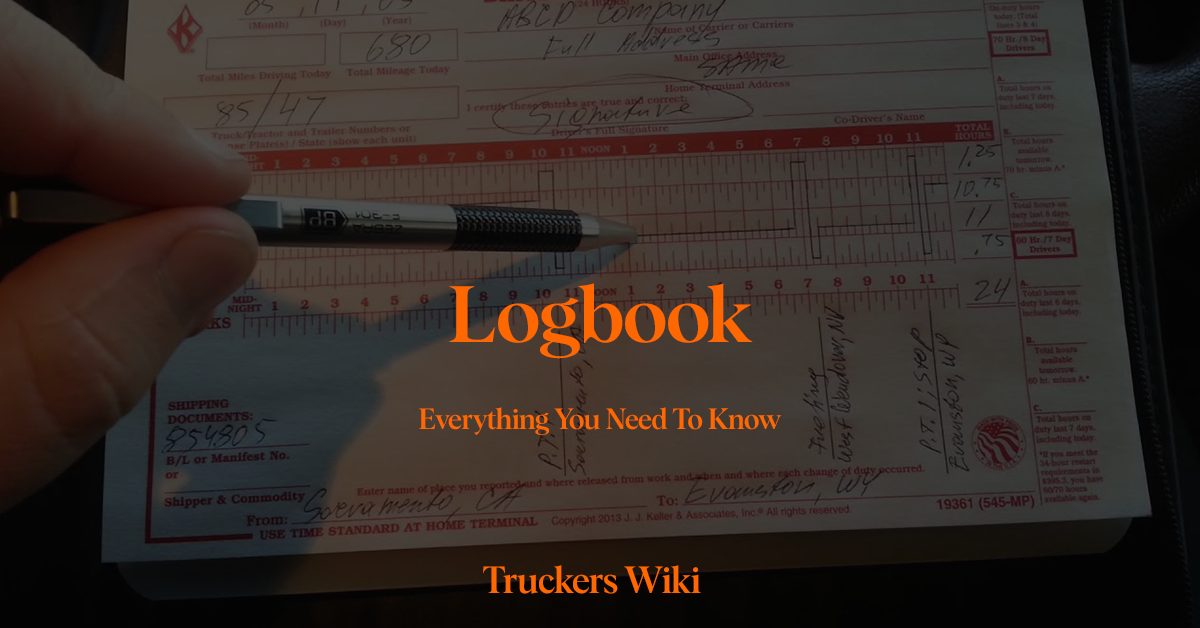
Table of Contents
What is a Logbook?
A logbook in the trucking industry is a record maintained by drivers to document their hours on duty, including driving hours, off-duty hours, sleeper berth time, and on-duty not driving hours. This log serves as a historical record, providing a snapshot of a driver’s compliance with HOS regulations set by the Federal Motor Carrier Safety Administration (FMCSA).
Why is a Logbook Necessary?
The primary reason for keeping a logbook is regulatory compliance. FMCSA has established HOS rules to ensure the safety of truck drivers and other road users by reducing the likelihood of driver fatigue. Overworking and lack of rest are significant contributors to accidents in the trucking industry. A logbook helps regulators ensure that drivers are taking necessary rest breaks and not exceeding allowable driving hours.
Beyond regulatory compliance, a logbook also provides essential data for a trucking company’s internal management, such as scheduling and productivity assessments. It can also serve as an important document in legal situations, such as in the case of an accident investigation.
Paper Logbooks vs. Electronic Logging Devices
Traditionally, logbooks were maintained manually on paper. However, with technological advancements, many trucking companies have transitioned to using Electronic Logging Devices (ELDs).
An ELD automatically records driving time and monitors engine hours, vehicle movement, miles driven, and location information, reducing the possibility of human errors and making record keeping more efficient. As of December 2017, the FMCSA has mandated the use of ELDs for most commercial drivers who are required to maintain RODS (Records of Duty Status).
Here is an example of FMCSA Logbook.
How to Fill Out a Logbook
A logbook, whether electronic or paper, generally requires the following information:
- Date: The day when the driver’s shift started.
- Total hours: The total hours for each duty status (On-duty, Off-duty, Driving, and Sleeper Berth) within the 24-hour period.
- Truck number: The number that the company assigns to the truck.
- Driver’s name: Full name of the driver.
- Co-driver’s name: If applicable.
- Carrier’s name: The name of the trucking company.
- Main office address: The address of the trucking company’s main office.
- Remarks: Any special remarks or notes.
- Name of the city/town/village and the state abbreviation where the changes of duty status occur.

